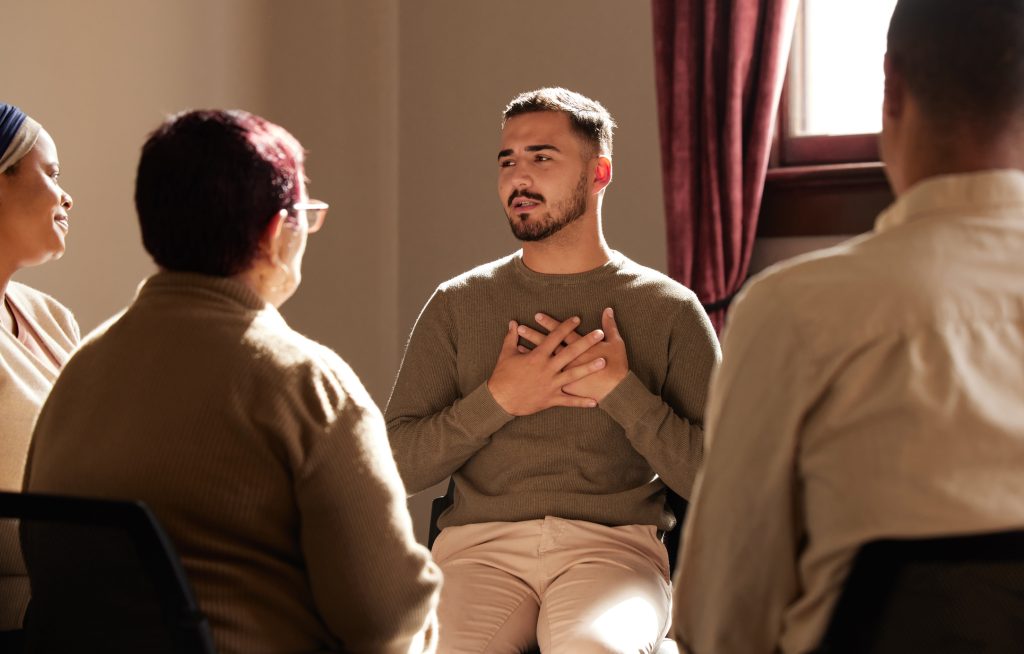Understanding how attachment patterns influence your relationships is essential for personal growth and emotional well-being. Many people struggle with forming secure and trusting bonds because of unresolved attachment issues from childhood or past relationships. An Attachment theory coach can provide guidance, strategies, and support to help you heal and develop healthier relationships. In this article, we will explore five proven steps for healing, backed by attachment theory, to help you regain emotional balance and security.
Understanding Attachment Theory
Attachment theory, first developed by John Bowlby, explores the deep emotional bonds formed in early life between children and caregivers. These early experiences shape our emotional responses, interpersonal behavior, and relationship patterns throughout life. There are four primary attachment styles: secure, anxious, avoidant, and disorganized. Understanding your attachment style is the first step toward personal growth and healthier relationships.
A secure attachment style leads to trust, emotional stability, and the ability to form meaningful connections. Anxious attachment may cause fear of abandonment and heightened emotional sensitivity. Avoidant attachment often results in emotional distance, while disorganized attachment combines elements of anxiety and avoidance, creating inconsistent relationship behavior. Identifying your style with the help of an attachment theory coach can provide clarity and a roadmap for healing.
Step 1: Recognize and Accept Your Attachment Style
Healing begins with awareness. An attachment theory coach can help you identify your attachment style by exploring your relationship patterns, childhood experiences, and emotional triggers. Self-awareness allows you to recognize behaviors that may harm your relationships and develop strategies to address them. Accepting your attachment style without judgment is crucial, as it empowers you to take responsibility for your emotional growth.
Understanding your patterns can reduce self-blame and help you make conscious choices rather than reacting unconsciously. Journaling, self-reflection, and coaching sessions are effective methods to uncover and understand your attachment tendencies.
Step 2: Develop Emotional Awareness and Regulation
Emotional regulation is vital for healing attachment wounds. Many people with insecure attachment struggle to manage intense emotions, which can lead to conflict and relational distress. An attachment theory coach teaches techniques to identify, understand, and regulate emotions effectively. These methods include mindfulness practices, breathing exercises, and cognitive reframing to respond rather than react in emotional situations.
By improving emotional awareness, you learn to manage triggers, communicate more effectively, and maintain healthy boundaries. This step strengthens your ability to navigate relationships with empathy and self-control, laying the foundation for secure attachments.
Step 3: Heal Past Trauma and Emotional Wounds
Unresolved trauma often underpins insecure attachment patterns. Healing these wounds is essential for emotional growth and relational stability. An attachment theory coach can guide you through therapeutic techniques such as inner child work, somatic experiencing, and trauma-informed counseling. Addressing past trauma allows you to release negative beliefs, guilt, or shame that may interfere with your ability to trust and connect.
Processing and integrating these experiences fosters resilience and emotional maturity. Healing past wounds also prevents the repetition of unhealthy patterns in current or future relationships, enabling you to cultivate secure and fulfilling connections.
Step 4: Build Healthy Relationship Skills
Healing attachment issues is not only about personal growth but also about developing practical relationship skills. An attachment theory coach helps you improve communication, empathy, and conflict resolution abilities. These skills include active listening, expressing needs clearly, and setting healthy boundaries. Developing these competencies allows you to create secure attachments with partners, friends, and family members.
Learning to trust appropriately, respond to intimacy in balanced ways, and respect both your own needs and the needs of others are critical components of building long-lasting, healthy relationships. This step ensures that your progress translates into tangible improvements in your daily interactions.

Step 5: Practice Consistency and Patience
Attachment healing is a gradual process that requires consistent effort and patience. An attachment theory coach emphasizes the importance of maintaining healthy habits, reinforcing positive behaviors, and practicing self-compassion. Healing attachment wounds involves repeated practice in real-life scenarios, reflection, and gradual exposure to vulnerability and intimacy.
Consistency in emotional self-care, maintaining boundaries, and nurturing supportive relationships fosters a sense of security. Patience allows you to recognize that change takes time and that setbacks are a natural part of growth. Over time, these efforts lead to improved emotional resilience and the development of secure attachment patterns.
The Role of an Attachment Theory Coach
An attachment theory coach serves as a guide, mentor, and accountability partner throughout the healing journey. They provide personalized strategies, insight into behavioral patterns, and practical exercises to foster emotional growth. Working with a coach accelerates healing by offering expert guidance, objective feedback, and emotional support. Their role is crucial in helping clients navigate challenges, reinforce positive changes, and achieve long-term emotional well-being.
Coaching sessions often include personalized exercises, reflective journaling, role-playing scenarios, and guidance on interpersonal interactions. This tailored approach ensures that the techniques align with your attachment style and individual needs, maximizing the effectiveness of the healing process.
Benefits of Healing Attachment Wounds
Healing attachment wounds has profound benefits for emotional and relational well-being. Individuals who engage in this process experience improved self-esteem, stronger emotional resilience, and healthier interpersonal relationships. They are better equipped to form secure attachments, communicate effectively, and maintain balanced emotional responses.
Moreover, healing enhances self-awareness and emotional intelligence, allowing individuals to navigate complex relationship dynamics with confidence. It also reduces patterns of conflict, anxiety, and avoidance, fostering a more fulfilling and stable life.
Actionable Tips for Continued Growth
- Daily Reflection: Spend time each day reflecting on emotional responses and relationship interactions.
- Mindfulness Practices: Incorporate mindfulness exercises to increase emotional awareness.
- Supportive Relationships: Engage with people who model secure attachment and provide positive reinforcement.
- Consistent Coaching: Schedule regular sessions with an attachment theory coach for accountability.
- Self-Compassion: Practice patience and self-compassion, acknowledging progress and setbacks without judgment.
By integrating these tips into your daily life, you reinforce the skills and strategies learned with your coach, ensuring sustained healing and personal growth.
Conclusion
Healing attachment wounds is a transformative journey that requires self-awareness, emotional regulation, and consistent practice. An attachment theory coach provides the guidance and support necessary to navigate this complex process effectively. By recognizing your attachment style, addressing past trauma, developing healthy relationship skills, and practicing patience, you can foster secure attachments and experience deeper, more fulfilling connections. Commitment to this process not only enhances your emotional well-being but also creates the foundation for meaningful and lasting relationships.
Your journey begins on our homepage—check it out today.
FAQ
What is an attachment theory coach?
An attachment theory coach is a professional who helps individuals understand their attachment patterns, heal emotional wounds, and develop secure, healthy relationships.
How long does it take to heal attachment wounds?
The healing process varies for each person, but consistent work with an attachment theory coach over several months can lead to noticeable improvements in emotional regulation and relationship patterns.
Can attachment styles change over time?
Yes, with self-awareness, therapeutic support, and conscious practice, individuals can move from insecure attachment styles to more secure patterns, leading to healthier and more stable relationships.
